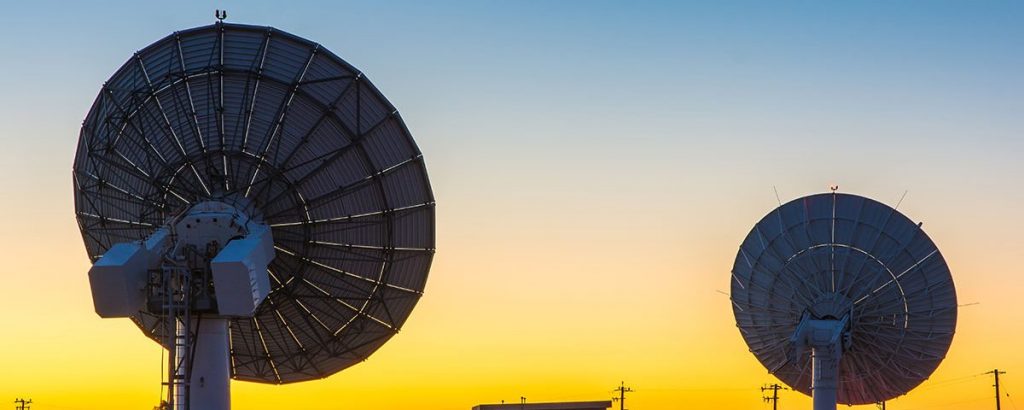All successful space missions have one thing in common. Well-planned ground station operations. To help you on your way, here are a few tips to consider in order to get the best possible result.
Spacecraft connectivity – whether for telemetry, tracking and control or data reception – is a crucial aspect for all spacecraft operators, one that needs to be well thought through in order to improve the mission’s operations while remaining cost-efficient and innovative. Consequently, there are a number of key metrics to deal with and things you need to ask yourself when planning your ground network architecture and service support:
- What geographical coverage is needed to fulfill the mission? (Direct Reception)
- How often do we need to contact our satellite per day? What’s the longest duration without contact in minutes? (Gap Characteristics)
- How much data – terabytes per day – do we plan to bring down to Earth? (Daily Data Volume)
- How quickly do we need the data to get down? How critical is the delivery time of the data reception, in other words the age of the data? (Data Latency)
- How much time before flyover do we need in order to make late commanding of the spacecraft? (Reactivity Time)
All these reflections are relevant and you need to analyze which features are most important for your mission. In many cases there are prioritizations to be made due to technical, operational or budget reasons – depending on the connectivity needs for your spacecraft and their related ground segment services (launch support, TT&C, data reception).
Indeed, the ground station establishment costs can be substantial and become an impediment for many operators. So what can be done to limit the costs without compromising the mission’s performance? Can the ground segment architecture be optimized so that a minimum amount of ground stations will be needed? Or are there alternative ways to address this issue?
Another important aspect is the long-term capability of the ground stations. What can be made to ensure that the ground stations’ capabilities will match the present and future missions’ requirements, in terms for instance of high antenna availability and increased frequency capabilities?
Special Polar Missions
If your spacecraft is passing the polar region, this poses a couple of additional challenges that you, as a LEO satellite operator, need to address early in the planning process.
- The polar regions suffer greatly from radio frequency (RF) interference because of the high amount of satellites crossing paths there.
- The space-to-ground contact over the polar region is limited by the few ground stations’ locations and assets. The alternatives are sometimes scarce.
One solution to both these issues is to combine several ground stations for a united connectivity. Site diversity is the most effective mitigation of radio frequency interference. By using several polar stations in different geographical locations, there is a reduced risk of radio frequency interference from simultaneous X-band downlinks closer to the North Pole.
The right geometric balance and distance between two different ground stations, can also create beneficial conditions for satellites requiring long contact times for data dumps, as well as satellites in polar orbits, even below 500 km altitude, with one contact on every orbit. One example of ground station pairing is the SSC Kinuvik concept.
If you keep these things in mind when planning your mission and inquiring the ground network supplier – your mission is set for success.
Bon voyage!

